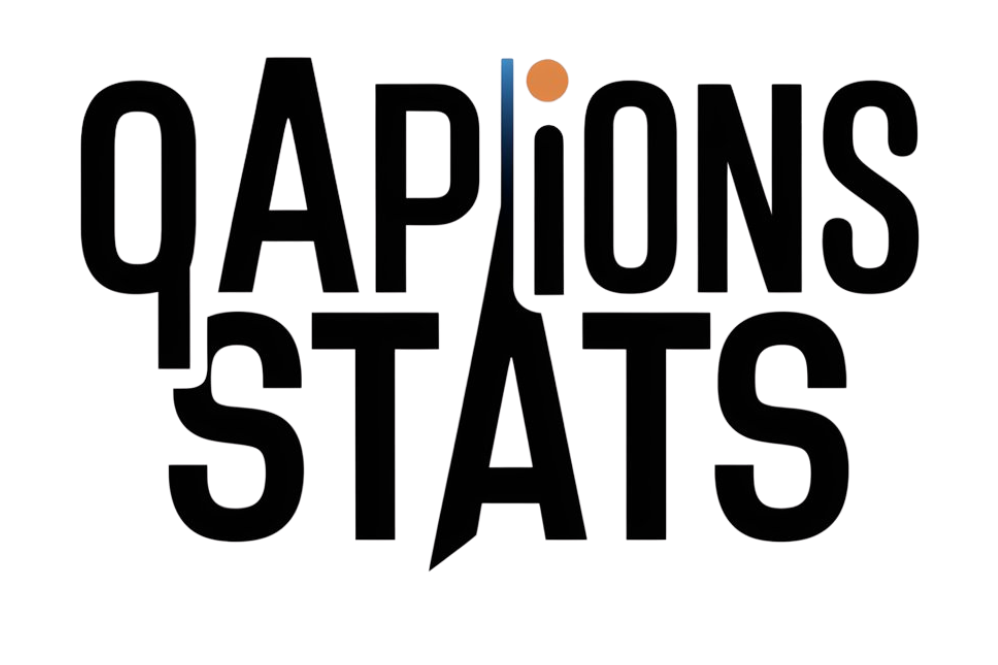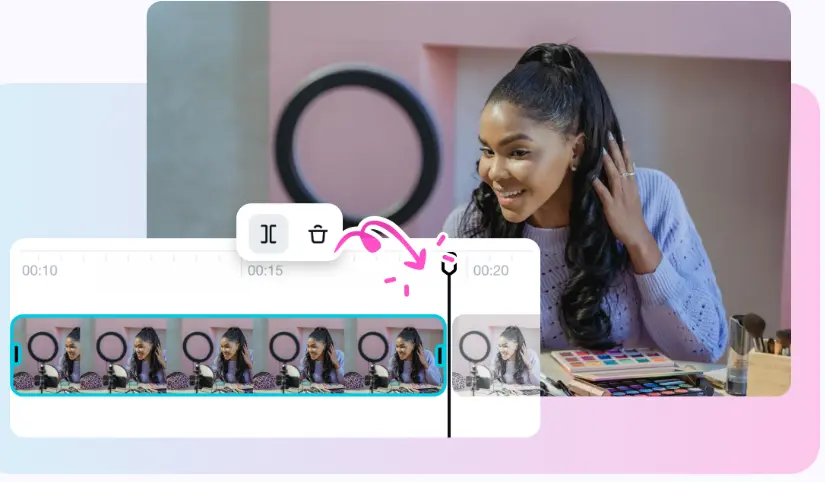There’s a simple truth about short-form video: people don’t just watch with their eyes, they listen with their thumbs. Start a clip on a wrong beat, and the scroll is inevitable. Start it on the beat, and you suddenly have a pulse — viewers feel it in their chest and stay to the end.
If you’re experimenting with tricks like a video cutter to create sonic surprises, learning to edit rhythmically will turn ordinary clips into highly shareable moments.
Pippit makes it fast to match cuts to music, so your reels hit like a drumline, not a broken metronome.
Why rhythm matters more than polish
When someone is scrolling, what stops them isn’t always cinematic perfection. It’s rhythm. A beat-synced edit taps directly into how humans process time and sound: our brains love patterns. Even a thin drum line creates expectations; a cut that answers the beat rewards attention. That reward shows up as longer watch time, more rewatches, and a higher chance of the algorithm favoring your clip.
The psychology of musical hooks
Music primes emotion before the visuals register. A tight snare on the first frame signals energy. A slow synth pad sets the mood. Align your visual punch with an audible one, and you’re handing viewers an immediate pay-off. That pay-off is the tiny dopamine hit that makes them say yes to thirty more frames.
Building a beat map: how to listen before you cut
Editing to music starts with listening like a producer. Don’t overcomplicate it — start simple.
- Your anchor points are the kick and snare, so locate these first.
- Note the downbeats when the intensity is highest.
- Spot transitions, fills, and vocal accents you can answer visually
Once you can hum where the song breathes, the editing choices become choreography, not guesswork.

Visual techniques that echo rhythm
Matching cuts to beats is the classic move, but there are subtler things that elevate the effect.
- Rhythmic cuts: cut every beat or every other beat for urgency
- Hold-and-release: it involves lingering for a half-beat before cutting to the subsequent downbeat.
- Motion match: match the direction of motion with crescendos to move feel intentional
- Strobe edit: a rapid 4–8 cut stutter on a drum roll for a dramatic spike
The goal is to make the video feel like one instrument in a band, not just background noise.
Creating tension with tempo changes
Tempo shifts are gold. A sudden half-time segment or a switch to a double-time chorus gives you an obvious place to flip the editing style. Slow the cuts down when the music breathes, then snap them tight as the tempo doubles. That shock of pacing change is what makes viewers rewatch to understand how you did it.
Using reverse and sound design for surprise moments
A well-placed reversal can feel like a magic trick when timed to a musical accent. Reverse a tiny action and align it with a percussive hit — the brain interprets the mismatch as novelty and lingers. Layer simple sound design on top to sell the trick: a reversed whoosh on the visual, a matched tail on the music. Treat reversal as punctuation, not a crutch.
Framing and composition to support rhythm
Rhythm isn’t just about cuts; it’s also about how frames relate to one another. A series of similar framings cut to a beat creates a hypnotic pattern. Varied framing on a chorus gives a sense of expansion. Think of each shot as a note: some are long tones, some are staccato, and the arrangement dictates how the song feels.
Captions and text timing for silent scrollers
Remember that many users watch without sound. Sync your captions and on-screen text like they’re part of the percussion section. Let text appear on beats and fade between bars. Short, punchy captions that follow the rhythm read like a dance — and the visual rhythm still lands even without the soundtrack.
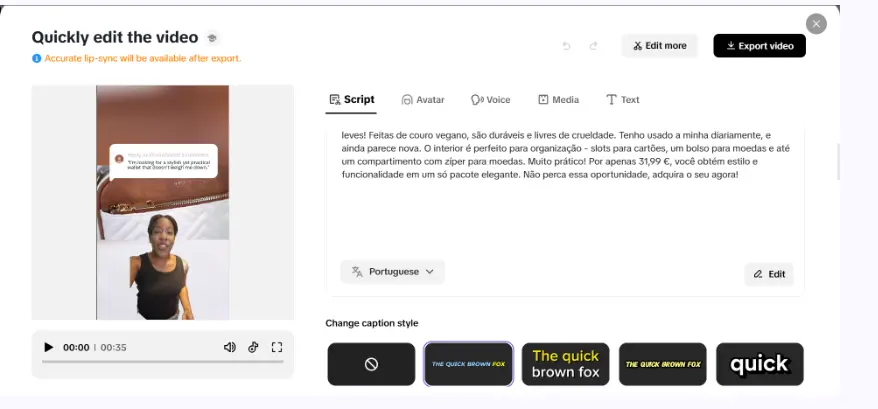
Color grading and transitions that groove
Color shifts timed to musical changes amplify emotion. A warmer grade on the chorus, a colder tone on verses — subtle shifts are enough. Match transition styles to tempo: quick whip pans or hard cuts for fast sections, soft dissolves for slow ones. Keep transitions consistent with the song’s energy so the viewer never gets pulled out of the flow.
Platform-aware editing: format and timing matter
Different platforms reward slightly different pacing. TikTok tends to favor fast, energetic edits; Instagram Reels rewards personality and a clear hook within the first three seconds. Keep these in mind when you design your beat map. Also consider length: micro-stories of 6 to 15 seconds are easier to groove tightly, while longer videos require sub-arc pacing to maintain rhythm.
Use an image to video tool like Pippit when you need motion without a reshoot. Keep the toolset lean so you spend more time listening and less time wrestling on menus.
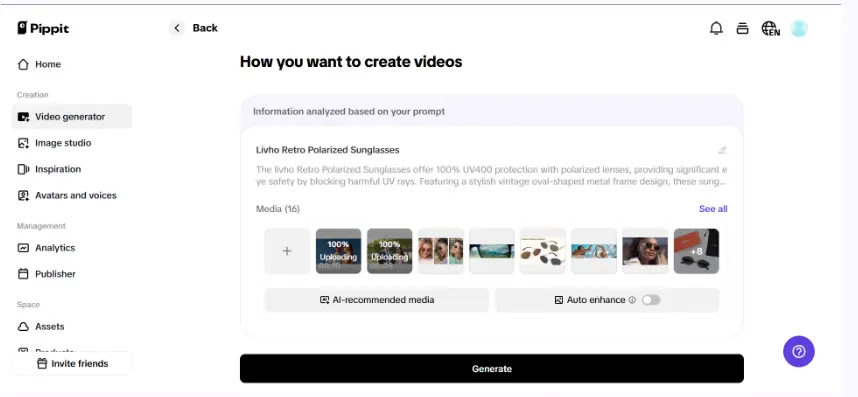
A quick checklist before you export
- Does the first frame answer a strong beat or hook?
- Are cuts deliberately tied to percussion or vocal hits?
- Do captions appear on beats so silent viewers follow the rhythm?
- Have you added one surprise reversal or motion trick to rewatch value?
- Is the color and transition language consistent across tempo shifts?
A final pass testing on a phone will reveal if the groove translates to small screens.
Real-world ideas to try this week
- Create a product reveal synced to a drum fill that builds into the product drop
- Turn a recipe into a beat-synced micro tutorial: chop, pour, flip on every beat
- Make a micro-sketch where comedic lines land exactly with beat drops
- Reverse a pour or spill for the punchline and time it to the snare for maximum confusion-then-laugh
These experiments teach you to hear edits, not just see them.
Pairing tools with creative instinct
A good workflow includes a reliable video reverser that lets you nudge the clips to the frame and rhythmic reversal where you can set beat markers.
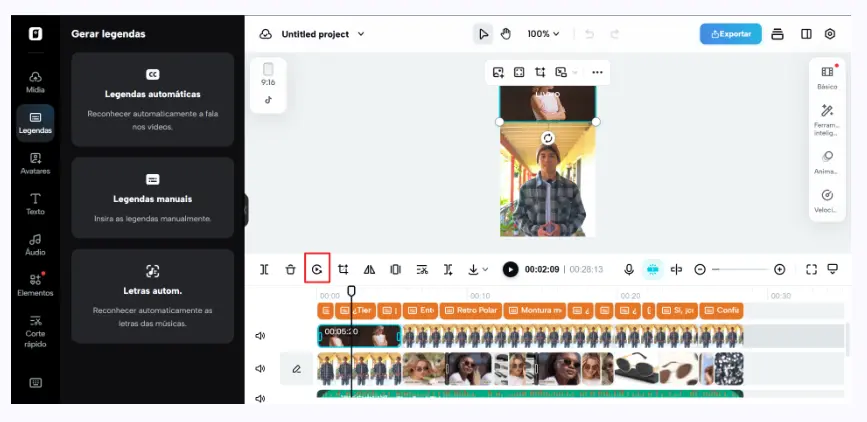
Final chorus: edit like you’re conducting a band
When you cut to the beat, you’re not trimming footage — you’re composing an experience. Music gives your video a spine; cuts give it a pulse. Harness both and you’ll create reels that feel inevitable: the viewer lands, the rhythm hooks, and the share button becomes the natural next move.
Pippit lets you drop in tracks, mark beats, and trim with the rhythm in mind. Try syncing a clip to a favorite song and watch a handful of second edits suddenly act like magnets. Ready to make your next reel hum? jump into Pippit, line up a beat, and let every cut land like a drum hit.
Also Read-Vidwud AI: Transforming Online Body Swap and Talking Photo Technology
